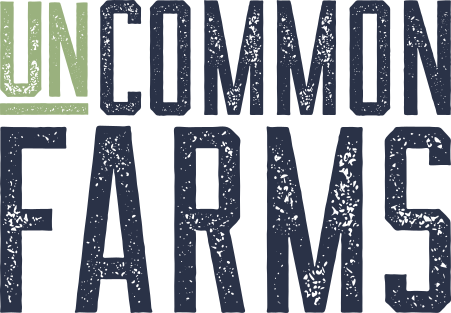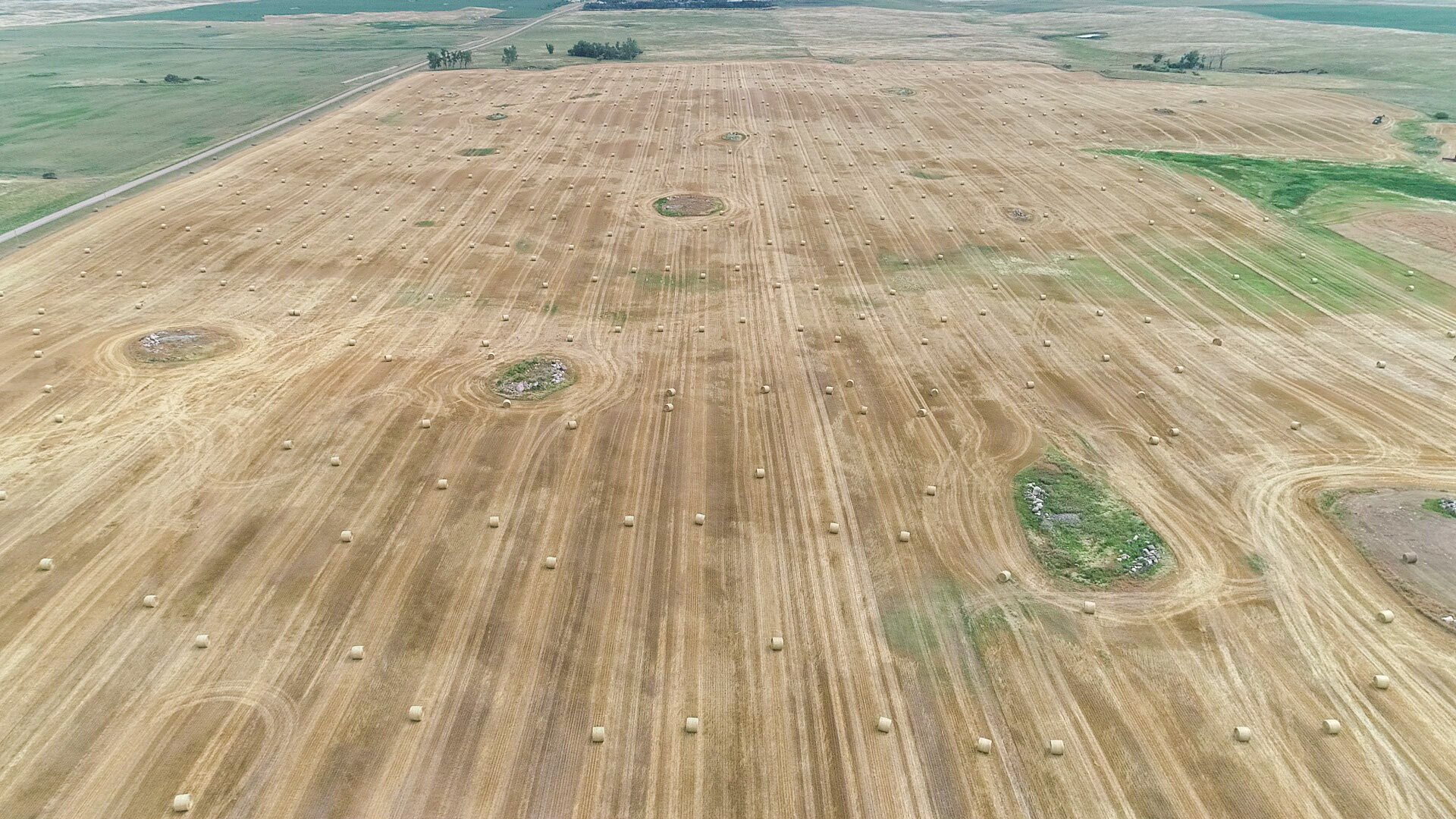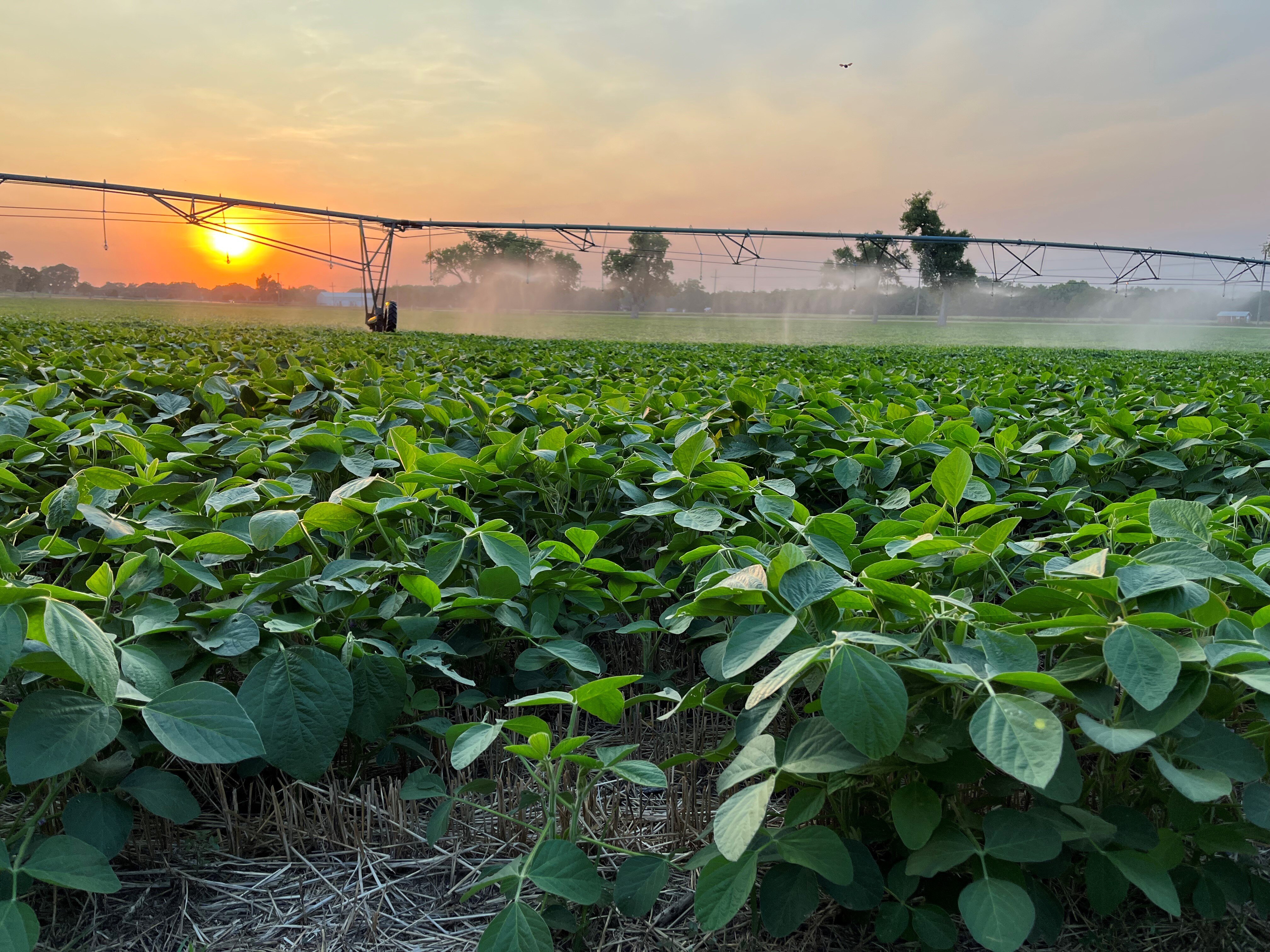It is essential for farm families to carefully assess the lease arrangement that best suits them and their landowners. While some may already have a specific lease type in place, exploring different options tailored to each landowner's preferences and needs can be beneficial.
When engaging in discussions about lease types with landowners, it's important to understand their motivations and past experiences to determine why they prefer a particular arrangement. It's also important not to assume that the current lease is still the most appropriate option, as circumstances may have changed for both parties since its initial inception.
Being open to exploring alternative lease types allows farm families to adapt to evolving dynamics and establish a mutually beneficial partnership. Whether considering crop share leases that encourage collaboration or cash leases that provide simplicity and flexibility, each option comes with its own set of advantages and disadvantages.
Ultimately, the key to a successful and sustainable farming partnership lies in finding the right lease that aligns with both the landowner and tenant's goals and preferences. Whether opting for a crop share, cash lease, flex lease, custom farming agreement, or a bushel lease, the aim is to create a fair and mutually beneficial arrangement that supports the long-term success of the farm operation.
There are four main types of leases with the advantages and disadvantages of each from the perspective of the tenant, which may or may not be the same for the landowner.
Crop Share Lease
Various variations of crop share leases exist, but the standard is a 50-50 crop share lease. The pros and cons will differ depending on the specific type of crop share arrangement.
Advantages of a Crop Share Lease:
- What is paid is in direct proportion to how good of a year it is/was (yields received and/or market prices available)
- More of a true partnership between landowner and tenant
- Typically facilitates more communication between landowner and tenant
- The “rent paid” tends to be fair since its production based and costs may be split
- Less working capital is typically necessary than cash rent or flex lease since there is no actual rent payment made
- Less risk for the grower since with landowner shares in both production and market risk
- Reduces amount of operating loan needed, saving interest costs
Disadvantages of a Crop Share Lease:
- Not very simple/convenient - Tracking costs, dividing and keeping track of grain, FSA paperwork, etc.
- Requires landowner and tenant to make certain decisions together and come to agreement, which may be tough if they have different ideas/philosophies, and may lead to conflict
- Added cash rent for use of facilities and/or storage may be needed/expected
- Determining costs for drying, transporting and storage of crops can be problematic
- Potential for less revenues - Could end up “paying” more than with other lease types, but that is the trade-off for the landowner taking on some of the risk
- Less potential upside in good years, since crop is shared with the landowner
- FSA payment is shared with landowner
- Harder to budget
- Landowner may pressure/expect you to farm their land first
- Landowner may expect you to haul, store, and/or market their share of the crop for them, when really you should be paid for providing that service (s)
Cash Lease
Advantages of Straight Cash Lease:
- The simplest of lease types
- Easiest for budgeting
- Tenant has freedom to make any/all cropping/production decisions
- Least amount of record keeping
- Tenants receives all of FSA payments
Disadvantages of Straight Cash Lease:
- A fair rent amount can be hard to determine with volatility in grain markets and input prices.
- Harder to put a longer-term lease in place
- Decent likelihood of overpaying or underpaying for land - Cash rents are likely to be too low in times of rising prices and increasing yields; and too high in times of decreasing/low prices or yields.
- Tenant assumes virtually all risk
- Typically requires more working capital (rents typically due at beginning of cropping season)
Flex Lease
Flex leases can be structured in various ways, but typically involve a guaranteed base rent with a bonus paid after harvest, dependent on production and market prices. This arrangement necessitates mutual agreement on the pricing methodology and yield determination process.
Advantages of a Flex Lease:
- Total rent paid is in direct proportion to the yields received and/or market prices available
- There’s some downside protection in the event of weak yields and/or market prices
- Simpler than a crop share lease
- Provides opportunity for longer term leases as the need to renegotiate the rent as frequently to make sure it is fair is reduced
- Tenant does not bear all of risk
- Tenant typically still has freedom to make all cropping/production decisions
- Improves working capital needs a little since bonus amount of rent payment is not paid until after harvest
- Reduces amount of operating loan needed, saving interest costs
Disadvantages of a Flex Lease:
- Both parties must agree on the base rent and method to determine the “flex amount” or bonus, (price to use, how determine yield)
- Verifying accuracy of yields can be difficult
- Possible risk of base rent being over the amount determined by yields/market prices, hence overpaying, although some flex leases can avert this
- Flex leases based only on yields or only on market prices can actually increase the tenant’s risk (should only base on market prices alone if yield risk is low – i.e. irrigated)
Custom Farming
In this arrangement, the landowner retains 100% full ownership of the crop, while the tenant receives payment based on custom rates for carrying out tasks such as planting, spraying, and harvesting in the field.
Advantages of Custom Farming:
- Agreements are typically very simple and easy to negotiate (use published university rates)
- Only one person responsible for marketing and production decisions – the landowner
- Virtually no risk to tenant – “assured” a profit
- Easy to budget - Tenant knows exactly what his income will be on that parcel
- Spreads revenue across entire year as opposed to waiting until after harvest, since custom fees are typically paid shortly after each operation is performed
- Little/No working capital is required
Disadvantages of Custom Farming:
- Landowner must communicate desired fertility program, type of pest control, cropping practices, etc. to the operator; which may not be an area of expertise for the landowner
- Timing of purchasing and delivery of inputs can become an issue
- There could be performance incentives to the operator based on yields and/or timeliness of operations which benefits both parties
- Significantly less income potential for tenant
- Landowner may pressure/expect you to farm their land first.
Another leasing option to consider is a bushel lease, where the landowner receives a set number of bushels per acre as payment, varying based on the type of crop grown. For instance, the landowner might receive 70 bushels per acre of corn as rent. In this arrangement, the tenant bears all production risks while sharing some market risks, providing a unique approach to lease agreements.



